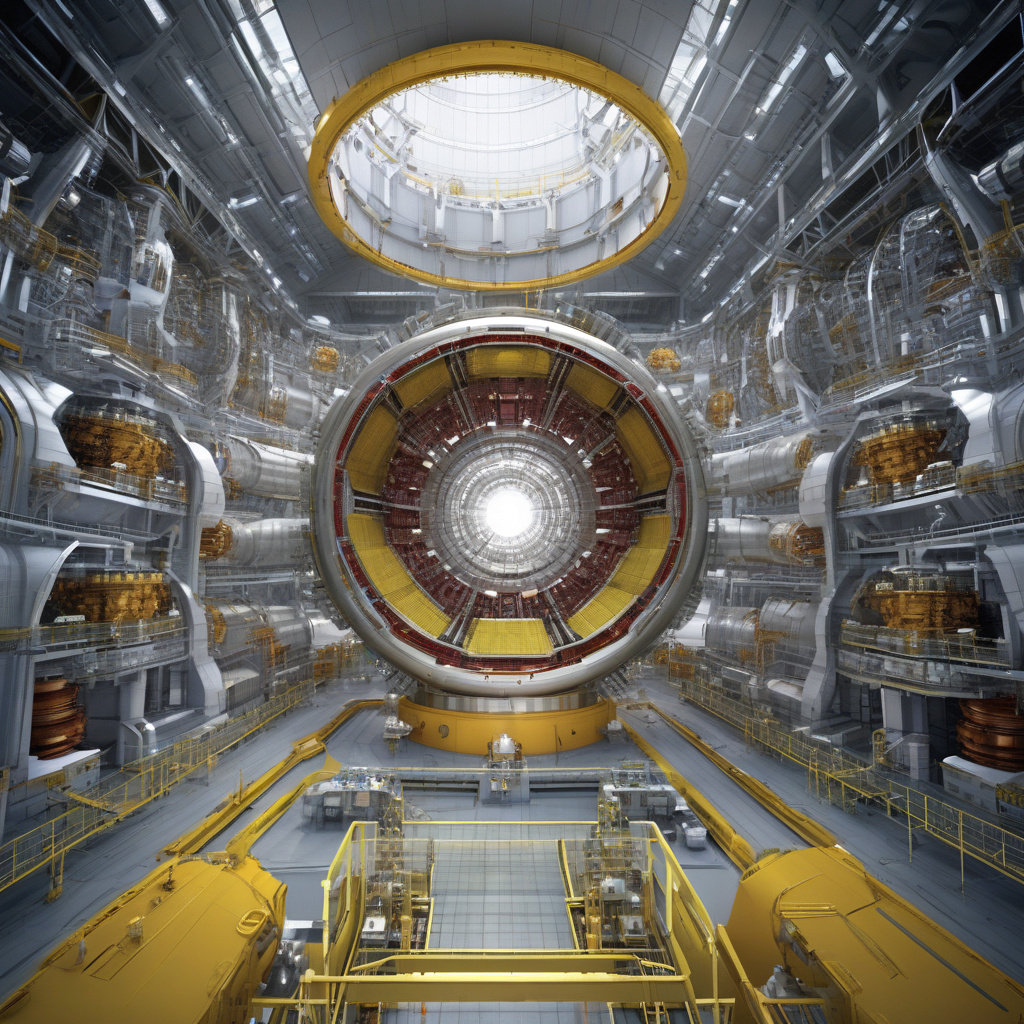World’s Largest Nuclear Fusion Reactor Advances with 5,500 Superconducting Wires Test
Scientists at Durham University have completed a large-scale quality verification program for the international ITER project, paving the way for significant advancements in the world of nuclear fusion. The ITER project, a collaboration of 35 countries, aims to demonstrate the feasibility of nuclear fusion as a large-scale and carbon-free source of energy. One of the key components of this ambitious project is the development of superconducting wires, which are essential for the operation of the fusion reactor.
The recent completion of the quality verification program marks a major milestone in the development of the world’s largest nuclear fusion reactor. The program involved testing 5,500 superconducting wires that will be used to create the powerful magnetic fields necessary for confining and controlling the fusion reactions. These superconducting wires are made of a special material that allows them to carry electrical current with zero resistance, enabling the efficient generation of magnetic fields.
The successful testing of the superconducting wires is a significant achievement that paves the way for the construction of the ITER fusion reactor. Once completed, the ITER reactor will be capable of producing 500 megawatts of fusion power, ten times more energy than is needed to operate the reactor. This surplus energy will demonstrate the viability of nuclear fusion as a practical and sustainable energy source for the future.
The development of the ITER project and the successful testing of the superconducting wires highlight the importance of international collaboration in advancing nuclear fusion research. By bringing together the expertise and resources of multiple countries, the ITER project has been able to tackle the complex challenges of nuclear fusion and make significant progress towards achieving sustainable fusion energy.
In addition to the scientific and technological advancements, the ITER project also has the potential to drive economic growth and create new opportunities in the field of energy. The development of nuclear fusion technology could lead to the creation of new industries and jobs, as well as the establishment of a clean and abundant source of energy that could help address the global energy crisis.
As the world’s largest nuclear fusion reactor continues to advance, the possibilities for a future powered by clean and sustainable fusion energy are becoming increasingly within reach. The successful testing of the superconducting wires is just one step towards realizing this vision, but it is a crucial step that demonstrates the progress being made in the field of nuclear fusion.
In conclusion, the completion of the quality verification program for the superconducting wires is a significant milestone in the development of the ITER project and the world’s largest nuclear fusion reactor. This achievement not only demonstrates the progress being made in nuclear fusion research but also highlights the potential of fusion energy to transform the way we power our world. With continued international collaboration and technological innovation, the dream of clean, abundant, and sustainable fusion energy may soon become a reality.
ITER, Nuclear Fusion, Superconducting Wires, Sustainable Energy, International Collaboration












